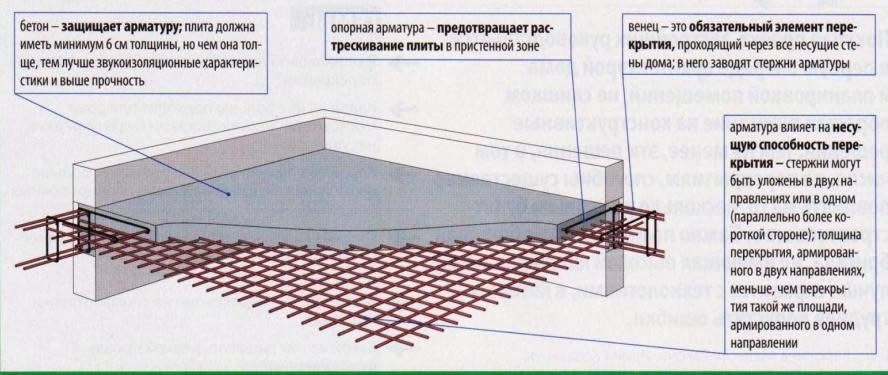Konstantin Razumov Russian impressionist Born in 1974, he was a pupil at Ilya Glazounov's Academy, where he specialised in History painting and achieved a great success. A young and talented artist, he has painted all kinds of subjects, from nudes to landscapes. His bright colours, the smoothness of the skin in his nudes, the expressive features of his characters, distinguish his paintings. Razumov has a vibrant shimmering brushstroke plus a mastery of light and excellent draftmanship. Faithful to early Impressionism, he nonetheless adds some modern touches which are most obvious in his beautiful charming nudes, soft and sensuous. Razumov is at his graceful best when his subjects are young ladies.
Remember that CFDs are a leveraged product and can result in the loss of your entire capital. Trading CFDs may not be suitable for you. Please ensure you fully understand the risks involved.


He has always been our tip to attain greatness and is a very fine young artist. - Konstantin Razumov.
Abstract A central challenge of synthetic biology is to enable the growth of living systems using parts that are not derived from nature, but designed and synthesized in the laboratory. As an initial step toward achieving this goal, we probed the ability of a collection of >10 6 de novo designed proteins to provide biological functions necessary to sustain cell growth. Our collection of proteins was drawn from a combinatorial library of 102-residue sequences, designed by binary patterning of polar and nonpolar residues to fold into stable 4-helix bundles. We probed the capacity of proteins from this library to function in vivo by testing their abilities to rescue 27 different knockout strains of Escherichia coli, each deleted for a conditionally essential gene. Four different strains – Δ serB, Δ gltA, Δ ilvA, and Δ fes – were rescued by specific sequences from our library. Said buryatskij audio lekcii free. Further experiments demonstrated that a strain simultaneously deleted for all four genes was rescued by co-expression of four novel sequences.
Thus, cells deleted for ∼0.1% of the E. Coli genome (and ∼1% of the genes required for growth under nutrient-poor conditions) can be sustained by sequences designed de novo. Citation: Fisher MA, McKinley KL, Bradley LH, Viola SR, Hecht MH (2011) De Novo Designed Proteins from a Library of Artificial Sequences Function in Escherichia Coli and Enable Cell Growth. PLoS ONE 6(1): e15364. Editor: Mark Isalan, Center for Genomic Regulation, Spain Received: August 26, 2010; Accepted: November 11, 2010; Published: January 4, 2011 Copyright: © 2011 Fisher et al. This is an open-access article distributed under the terms of the Creative Commons Attribution License, which permits unrestricted use, distribution, and reproduction in any medium, provided the original author and source are credited.
Funding: This work was funded by NSF grant MCB-0817651 (URL: ). The funders had no role in study design, data collection and analysis, decision to publish, or preparation of the manuscript. Competing interests: The authors have declared that no competing interests exist. Introduction In 1906 Jacques Loeb suggested that the synthesis of life is a significant goal of biology. A century later, the construction of natural genomes from off-the-shelf chemicals, demonstrates significant progress toward achieving this goal.
New Pages
- Descargar Nero Express Full Gratis En Espaol Un
- Razrabotki Zanyatij Shkola Buduschego Pervoklassnika
- Download Naruto Shippuden Episode 200 Subtitle Indonesia Mp44776514
- Zvuk Knopki Iz Minuti Slavi
- 1s 83 Emulyator Klyucha
- Conceptronic Ieee 1394 Firewire Pc Card Drivers
- Prezentaciya Na Temu Matematika V Professii Povara
- Kawai Bl 31 Serial Number
- Vl 10 Kv Tipovie Proekti
- Emulyator Usb Klyucha Dlya Cnckad
- Baza Dannih Access Primer Biblioteka
- Drivers Magellan Promark 3
- Mac Os X 104 Tiger For Intel X86iso Torrent